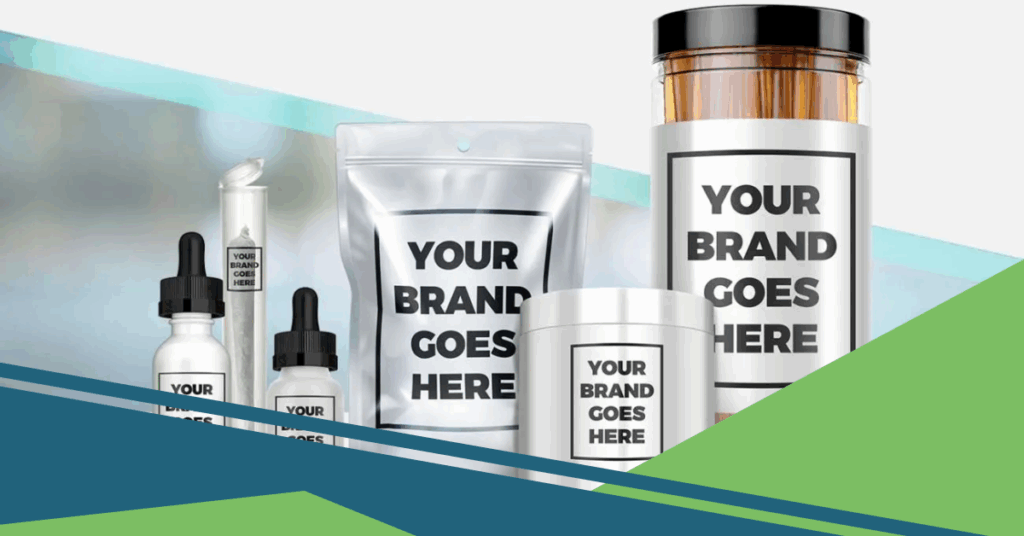The supplement industry is booming, but with rapid growth comes tighter regulation. Whether you’re launching your first product or managing a full supplement line, your supplement label design has now become a legal document. Getting your supplement label right means not only presenting your product well but also avoiding costly recalls, warnings, or fines.
If you’re wondering, “How do I make sure my supplement label is legal and compliant?” You’re in the right place. This guide simplifies the process to get it right from the start. So, dive into making your supplement label foolproof.
How To Ensure Your Supplement Label Design Compliance
Before establishing your supplement as a brand, you need to ensure it complies with local rules and regulations. This will make your brand trusted and credible, increasing your chances of garnering more sales. There are a few steps that are essential to fulfill all legal requirements for labels. Here is how it goes.
Understand the Rules For Your Supplement Design
Before designing your label, it’s essential to review the regulations that apply in your target market. Supplement laws are not universal. They vary by country and often even by state or region.
United States (FDA Regulations)
The Food and Drug Administration (FDA) in the USA governs dietary supplements under the Dietary Supplement Health and Education Act (DSHEA) of 1994. Under this rule, supplements are treated as a category of food, not drugs. That distinction is important, especially when it comes to what you can and cannot say on your packaging.
Some core FDA supplement label rules include:
- Your label cannot legally claim to “diagnose, treat, cure, or prevent any disease.”
- Any health-related statement must be backed by scientific evidence and follow the FDA compliance for supplements requirements.
- If necessary, you must include a disclaimer for structure/function that claims: “This statement has not been evaluated by the Food and Drug Administration.”
Get Expert Help
Many brands rely on experienced legal consultants or regulatory professionals to review their labels before printing. This step can protect you from costly missteps. A minor issue or a missing address can result in your product being pulled from shelves.
If you’re selling across borders, you may need more than one expert. What works in one region may be noncompliant in another.
Include What’s Required
Once you know the rules for your market, you’ll need to create a supplement label design that includes all required content. Here’s what your label should contain if you’re selling in the U.S.:
- Statement of Identity: This is simply the name of your product. It must be clear and accurate (e.g., “Vitamin C Supplement”).
- Net Quantity of Contents: Always include the amount of the product (e.g., “60 capsules”) in a location easily seen on the front panel.
- Supplement Facts Panel: This panel outlines the active ingredients, serving size, servings per container, and the amount per serving. Make sure it’s displayed in the standard format with nutrients and daily value percentages (%DV) in columns.
- Ingredient List: In addition to active ingredients, include any other ingredients such as binders, fillers, or flavorings, listed in descending order by weight.
- Manufacturer/Distributor Information: You must include the name and address of the supplement manufacturer, packer, or distributor. If it’s not the actual manufacturer, make sure to clarify with “distributed by.”
- Directions for Use: Although this may not be legally required in all countries, it is strongly encouraged to include directions for use of supplements. Provide clear usage instructions and any necessary warnings (e.g., “Not for use by children under 12”).
Avoid These Label Design Pitfalls
Even when brands think they’ve followed every rule, simple label design mistakes can still make a label noncompliant. Here are some common pitfalls to avoid:
- Low-contrast text: Labels must be readable. Fancy fonts or poor color contrast can land you in trouble.
- Missing or misleading claims: Health claims must follow strict guidelines. Avoid using words like “guaranteed” or implying your supplement treats disease.
- Improper placement of information: If your Supplement Facts panel is hidden or cropped due to the design layout, it’s considered a violation.
- Wrong format for the Supplement Facts panel: The formatting is standardized. Deviating from it can be flagged during inspection.
Design should never get in the way of meeting supplement packaging regulations. Function comes first.
Testing and Documentation
Just having the right information on the label isn’t enough. You also need testing and records that support what you’ve printed.
- Quality Testing: Make sure your product has been tested for purity, strength, and composition. This confirms that the label reflects what’s inside the bottle.
- Safety Testing: This may not be mandatory in all countries, but it’s a wise step, especially if your supplement contains novel ingredients.
- Keep Records: Save all test reports, formulation documentation, supplier verifications, and label approvals. You may need them in case of an audit or complaint.
The Push for Stricter Labeling Regulations
The supplement industry has seen a steady rise in new rules aimed at protecting consumers. Agencies are increasingly demanding transparency and accuracy.
This shift is fueled by:
- The rise of e-commerce, which makes it easier to sell low-quality products internationally
- Reports of products making unverified health claims
- Safety concerns around untested or poorly regulated ingredients
In response, regulatory bodies across the globe are tightening rules around ingredient disclosures, dosage instructions, and scientific support for claims. Staying on top of these changes is not optional. Regulatory changes may impact the format, wording, or disclosures required on your label.
Final Thoughts
Creating a legal and compliant supplement label design isn’t just about ticking boxes. It reflects your professionalism and dedication to consumer safety. From following FDA label rules to packaging regulations, each detail plays a role in your product’s success. A well-designed, fully compliant label builds trust with retailers, regulators, and consumers alike. Put in the effort up front to avoid running into regulatory trouble later.
At NutraBest, we pride ourselves on our expertise in providing custom supplement labels and FDA-compliant packaging services. Our Supplement manufacturing and packaging experts are committed to creating high-quality, visually appealing labels and packaging that meet our clients’ unique requirements. Whether you need brand creation services, custom logo design, or custom label designs, NutraBest has you covered.
Contact NutraBest today for FDA-compliant label design, brand strategy, and packaging solutions tailored to your product.



